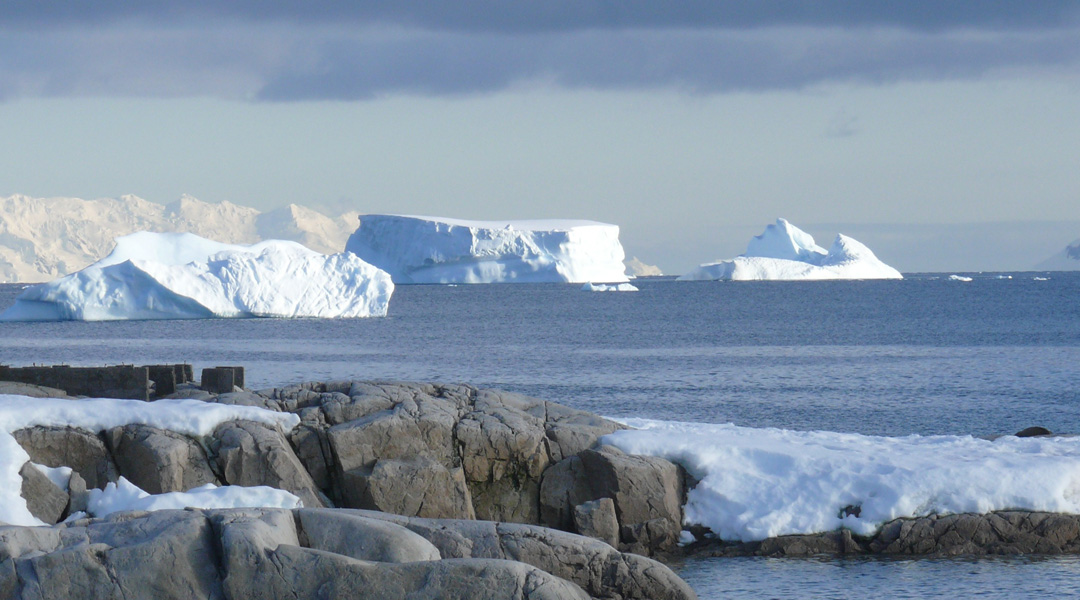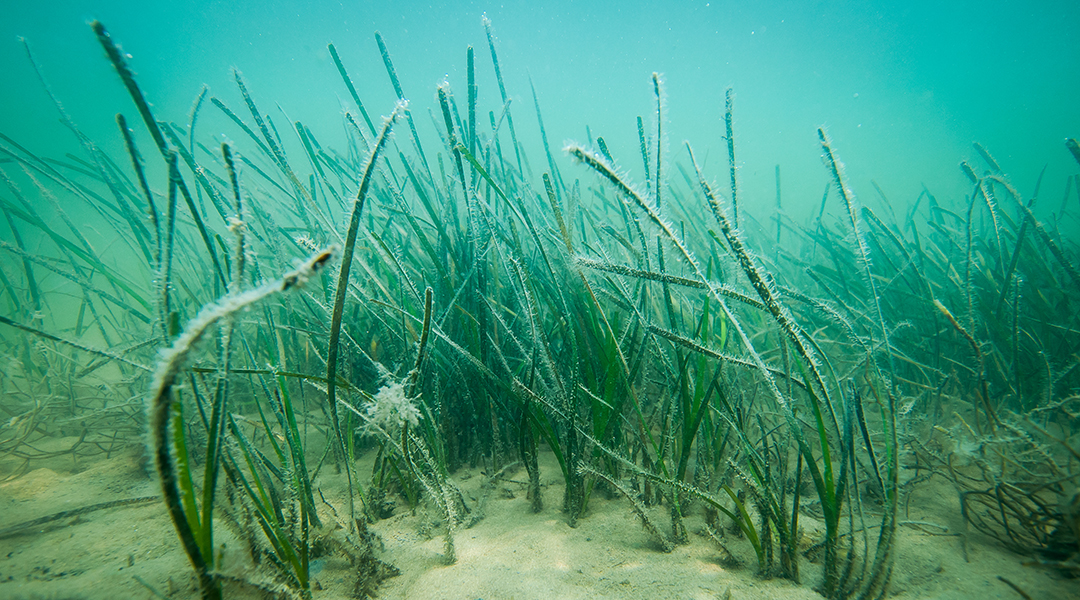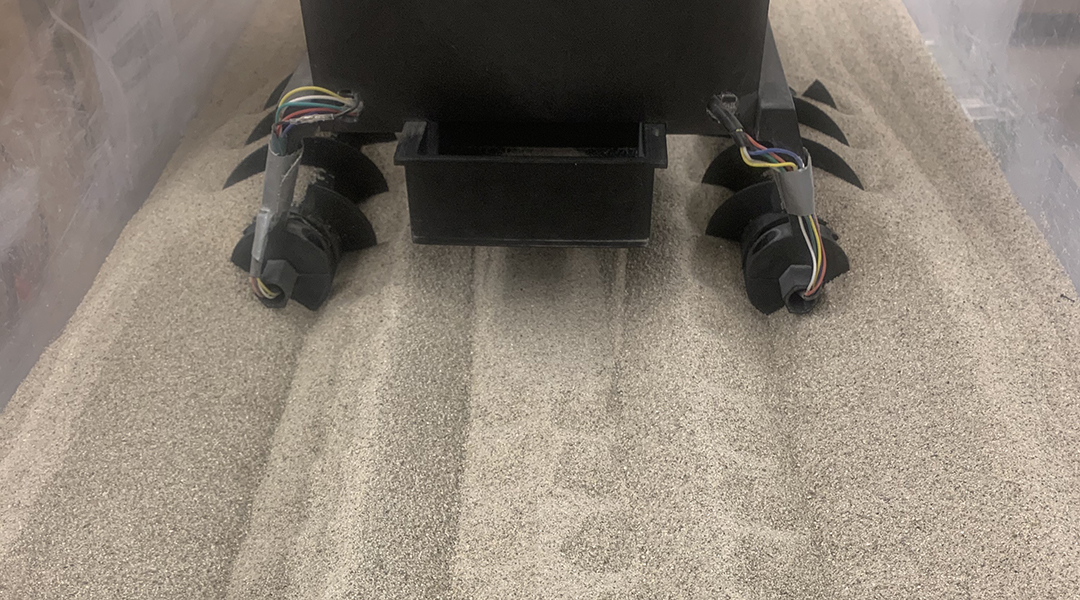Underneath the freezing, desolate surface of Antarctica, phytoplankton are finding a niche.


Underneath the freezing, desolate surface of Antarctica, phytoplankton are finding a niche.

Seagrass roots make underwater sand more resistant to strong waves and reduce coastal erosion by 70%.

Modeled after nature’s builders, a swarm of 3D printing drones work together to build large structures while in flight.

More than 100 years on after Einstein’s 1921 Nobel Prize, some confusion remains around the committee’s reasons for omitting relativity.

Biochemist and astrobiologist Emmett Chappelle created a simple means of identifying life and opened a new world for fluorescence testing.

A new study identifies that magnesium hydrosilicate, a compound present during the Earth’s formation, may be responsible for our planet’s abundant water.

The new James Webb Space Telescope will collect infrared light from distant corners of the cosmos, enabling scientists to see further than ever before.

A biorefinery built on the Red Planet could help produce rocket fuel required for a return journey, but some snags need to be worked through first.

Robots that drive on screws can simultaneously dig up space regolith while anchoring the craft in low-gravity environments.

Although the idea of soft robots in space exploration is still far from becoming a reality, there are obvious advantages that are driving researchers to pursue the possibility.